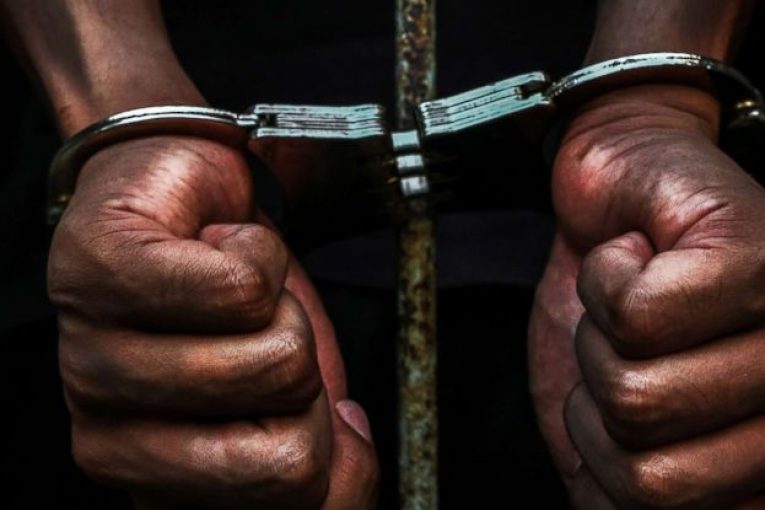

By Olivia Biliunas
NEW YORK CITY, NY – From 2013 to 2021, racial disparities in New York City were declining until a 2022 spike, and in June 2020 New York Gov. Andrew Cuomo issued Executive Order 203 after the killings of George Floyd and Breanna Taylor, with plans to create police reforms for individuals and groups affected by disparities, Data For Collaborative Justice said last week.
According to The Century Foundation, a progressive, independent think tank, recent analyses in New York City show racial disparities are evident and the Police Reform and Reinvention Collaborative Plan is a first step towards aiding those who are disproportionately affected by these disparities, the TCF article said.
According to the Executive Order 203, “recent history includes a number of incidents involving the police that have resulted in the deaths of unarmed civilians, predominantly black and African-American men, that have undermined the public’s confidence and trust in our system of law enforcement and criminal justice, and such condition is ongoing and urgently needs to be rectified.”
A report by Data Collaborative for Justice at John Jay College said, “This mandate for police reform included increasing public safety while promoting greater police accountability, reducing racial disparities in law enforcement, and mitigating potential adverse effects of over-policing on low-income communities.”
“As part of New York City’s Police Reform and Reinvention Collaborative Plan, DCJ’s latest study assesses overall trends and racial disparities from 2013 to 2022 in four law enforcement practices: pedestrian stops, desk appearance tickets, arrests, and prosecutions by district attorneys,” according to the group’s statement.
The How Many Stops Act explains “Level 3” stops are when police have “reasonable suspicion” of criminal activity. The Act adds NYPD is only required to report on the “Level 3” stops where a person is prevented from leaving and is detained.
The Act states, “It is essential that the NYPD is mandated to report information on *every* encounter, so that New Yorkers have a full comprehensive accounting of all NYPD stops in our communities.”
According to the Police Reform Plan, “It envisions an NYPD that stays true to its history of bravery in the service to the public, that maintains its stellar record of driving down crime, while continuing to transform itself into an example of just, transparent, and accountable policing, implemented equitably, without regard to race, gender, ethnicity, sexual orientation, religion, or immigration or socioeconomic status.”
“Results point to a steep decline in stops until 2022, when stops increased 69 percent —the largest one-year increase over the past decade. Racial disparities in stops have also been increasing, with Black people alone accounting for 59 percent of stops in 2022, despite comprising 23 percent of the City’s population,” noted the group’s statement.
“Relative to their general population numbers, police stopped Black people 11.8 times more, and Hispanic people 5.1 times more than white people in 2022,” the news release stated, reporting there was an increase in misdemeanor arrests in 2021 and 2022 from the previous decline from 2013-2020, with the increase including more Black and Hispanic people.
The news release added, “the Data Collaborative for Justice will release reports on racial and neighborhood-based disparities in New York City’s criminal summons and civil summons practices.”
It was also stated in the report that, “John Jay’s Research and Evaluation Center and Office for the Advancement of Research will issue reports respectively concerning neighborhood disparities in arrests, law enforcement near subways, the collateral consequences of drug enforcement, and New York City’s long history of racialized policing.”
According to the report, Reimagining a More Equitable Policing and Public Safety System in New York City, there are five recommendations built upon the work of the Police Reform and Reinvention Collaborative that include, addressing the criminalization of poverty through budget justice, ending racial disparities through routine, removing police from New York City schools, providing accountability for racial and biased policing, and through community-centered initiatives, and addressing violence.
The report by TCF showed, “Community-based programming is well suited to address the current parallel issues of low trust in the police and entrenched problems of violence.”




